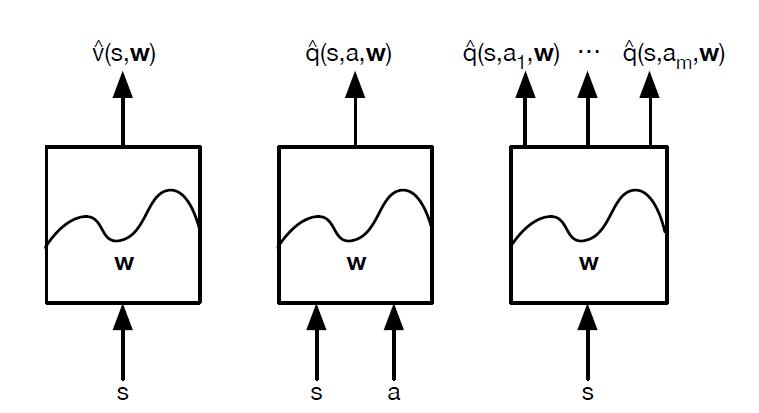真实一直有隐藏的一面,而那些窥视过隐藏面的人,注定于大多数人不同,光鲜或者孤独。想想不甘心做韭菜又上升无望的漫漫岁月,简直注定了人生悲剧。
脆弱的感情
自以为是个单纯的人,所以喜欢工程师氛围、高校科研氛围、美国的社区文化。回到国内,这些氛围都找不到了。扑面而来的气息,显得很黑暗森林。我怀疑一个单纯的人,在这样的环境下,如何能生存。所以,花尽心思去思考怎么顺应社会。话语中,充满了数字和术语,像一个机器在聊天,而不是一个有感情的人,女生都没办法接近我这样的人。
谈女生总会到一个话题,你稳定了吗。这个”未来5年“系列已经过了一年了,换环境、换公司、换小方向,到底有什么本质的变化,确定了一个方向,确定了一些问题吗?实际上都没有,甚至还没清楚自己要在哪里(国家、城市),做什么行业(汽车、咨询),都是一些自定义的限制。
小城市的行业
回来的火车上,遇见了小城的公务员一家去武汉旅游。他们在当地的审计局工作,每年有一些培训在全国各地,比如,南京、武汉。然后一年还有5~10天年薪假。所以一年会有一两次国内的旅行,长一个月,短半个月的。他们的工资在5千 ~ 6千,小城市买了房子,买了10几万的德国/日本车;单位同事,家底好的可以开30-40万的abb。
- 体系内
学校、医院、法务机关、警察、税务、工商、建设、银行、电力、通信、交通、烟草、农林牧渔等等,庞大的网络可以解决三四线城市大量优质年轻人就业,因为是政府机关,在这些组织里面的年轻人,自然是党国的忠实跟随者。他们拿着高于当地平均值的工资,足够在小城市活的衣食无忧,甚至如上面的小夫妻,有车有房,有一年两次的度假。相比,大城市里租房、加班、年假等于零的奋斗青年,简直是苦逼。
- 体系外
三四线城市,(政府)体系以外的行业典型: 美容养生、学生教育、餐饮、休闲娱乐(电影、健身、文化项目)、汽修、服装、家具,是属于可以创业的行当。江浙以外,很少有三四线城市有自己的传统支柱产业,比如,农产品加工、能源石化、机械加工、小商品生产等等;更鲜有高附加值支柱产业,诸如,电子器件产业群、芯片产业群、汽车产业群、生物制药产业群、it产业群、精密制造产业群、金融服务业等等。
小城就一家国有钢铁厂,因为北方的能源、钢铁产能过剩,也气数不多。在这些小城市发展高附加值的产业,相当于空中楼阁。所以,体系外的年轻人生存状态其实很空心化。
- 空心化
“空心化”不是对服务业的贬低,但是相比发达欧美国家的小城市,它们会有一些其貌不扬,但历史百年的世界级的公司和产品。比如,德国狼堡,世界汽车产业中心;美国密西根奥本山小镇,世界级汽车应用软件商聚集地。生活在这些地方的年轻人,当然可以选择进入当地的服务业,诸如快餐连锁、超市服装、甚至房租装修、水电工等等。但是对于做研究、懂技术的年轻人,他们也能找到很容易进入一个创造绝对价值的公司。国内三四线小城市的“空心化”,就是除了传统的服务行业以及政府体系可以吸纳年轻人之外,缺乏生产绝对价值的支柱公司。
倒逼年轻人只能进入传统服务业或者政府机构,能够发挥年轻人创作力的机会太少了。服务业是景上添花,没有高附加值制造业的世界地位,服务业只会被局限在传统的衣食住行。这样一个显著的问题,就是影响了年轻人的价值体系。研究生毕业以后,收入水平、价值实现竟然不如隔壁小学毕业开早点的王老二。那国家投入这么多教育,是为了让这些年轻人去自卑吗。
- 结局
愚民之策,老百姓根本看不到问题,实际上在短期内,服务业是滞后价值创造产业的。开早点的王老二,还可以一个月赚5万,而且不需要为一个大学毕业生买单。长远点,低端/传统服务业,比如餐厅、修车店、服装店会慢慢饱和,甚至开展恶性竞争。每家新开的餐厅,头两个月可以吸引顾客,之后就被隔壁新开的餐厅带流量了。
一旦大部分传统服务行业进入这个阶段,除了政府直接控制的体系内,老百姓可能就受不了。要么政府强行维稳,全国陷入“中等收入陷阱”。要么社会就会开始乱。
中国有大量的三四线城市,可能都面对“空心化”的问题。大概率进入“中等收入陷阱”。看到问题而又无奈的人,会选择在这场演化之前逃离。国家层面的软实力,不是一天能建立起来的。这恐怕也是中国虽然有着表面的gdp数据,但实际上社会系统相比成熟的发达国家还差很远的地方。如果在演进之前,能慢慢发展出好的系统话。
自动驾驶失业潮
有预测,到2030年,l3+自动驾驶的行业渗透可能只在10%。相比普遍的乐观预测,到2020年以后,l3+前装量产。国内近来发了一些很政策导向的产业牌照:全球第一张5G商用牌照, 全球第一张自动驾驶商用牌照。相比,苹果在2020年都不会上5G,美国撤销自动驾驶交通委员会。到底是国内领先,还是国家在画大饼?要保障这么多新生劳动力进入市场,国家也很南啊。
政策可以画行业大饼,但市场比政策更理性。waymo已经被资本市场降低估值,应该就是市场对这个行业的真实回应。按照资本的延后性,大概这个行业的裁员潮会尾随而来。
如果失业了,新职业选择在哪里?变化是永恒的。越是高级的打工仔,受裁员影响越高。在互联网级的快速迭代市场,专业的深度也许不如专业的可移植性对打工仔更合适。
进军服务业
看《中国机长》又一次加深的这样的体会。飞机设计、航空发动机、自动驾驶飞控系统是远在普通人的关心之外的;相比,机长、空姐、机场运营人员、服务人员容纳着大量就业,也最直接产生价值。而且他们服务产生的价值,也是经济活力的主要贡献和决定者。相比,虽然国家没有自主的民航发动机、没有自主的cae软件,谁又觉得有什么问题呢。不过是一小群人为此担忧,大部分百姓甚至政策决策者只需要看到中国的航运数据又上升了,航运公司对各地gdp的贡献又大了,就可以士气高涨。
离客户越近,价值越大。在核心技术没有先发优势的市场,做技术只是backup的需求。相比,服务业更靠近广大终端客户人群,价值传递最短、损耗最小、获利最大。所以,空心化后的精英都会去高附加值服务业,比如,金融、互联网。
我们确实不该操政策精英的心,相比,做一个短视的普通人,识时务,进挣钱的行业,就是普通人该干的。
所以,还是要好好准备mba。


